Sony Alpha A9 detailed review
Sony has launched the A9 last year in India, a camera that heralded the final evolution of the mirrorless camera. One after the other, Sony has cracked the formula for reliable image quality, high resolution and impressive film capture, and now, with the A9, they are treading the sports camera territory. Boasting the capability of shooting up to 20 frames per second (RAW) and a focus system that the company claims is perfectly suited for wildlife and sports photographers. But does the A9 deliver on all those accounts? Let’s find out.
What’s in the Box
The Sony A9 ships with a very minimal set of accessories. You get the new NP-FZ100 battery along with a charger. There’s also a Sony A9 branded strap in the box which is a little more premium in comparison to the straps you would normally get with other Sony mirrorless cameras. There’s a host of paperwork like warranty cards and user manual as well.
Specifications
Resolution: 24 Megapixel
ISO Range: 100-51200 (expandable to 204800)
Image Stabilisation: Sensor shift, 5-axis
Focus Points: 693
Continuous Drive: 20fps (electronic shutter) and 5fps (mechanical shutter)
Video: 4K @ 30fps, 1080p @ 120fps
Storage: Dual SD Cards, 1 slot UHS compliant
Weather Sealing: Yes
Build and Design
The Sony A9 was the first Sony mirrorless camera to bring a radical design shift from the second generation A7 cameras. The company added a joystick for manoeuvring focus points (or zones) which adds a whole new level of convenience. The dial arrangement has also significantly improved, with the top left plate housing the drive modes and metering dial. On the right of the flash hot-shoe lies the mode dial. Both dials feature locks to prevent accidental changes. Probably one of the most notable changes is the position of the record button, which has moved to the bottom right corner of the viewfinder, a spot where the thumb can reach very naturally. The grip on the Sony A9 is also deeper than that on the previous Sony mirrorless cameras, which is good for those who have larger hands.

A deeper grip makes using the Sony Alpha A9 much easier than its predecessors
On the right side of the grip, you will find a latch which when opened, reveals the dual SD Card slots. There is the presence of a rubber seal on the latch, ensuring the compartment stays water-tight. Unfortunately, Sony doesn’t really say just what amount of weather sealing has gone into the A9, but given that it is competing with the likes of the Canon 1Dx and the Nikon D5, we expect the weather sealing to be top-notch.
Overall, the build quality and the ergonomics of the Sony A9 make it a far easier camera to use compared to anything that Sony has put out before this. The new joystick along with the additional dials on the left make operating the camera very easy. If you want to make things even easier, you could always just use the touchscreen for operating the camera.
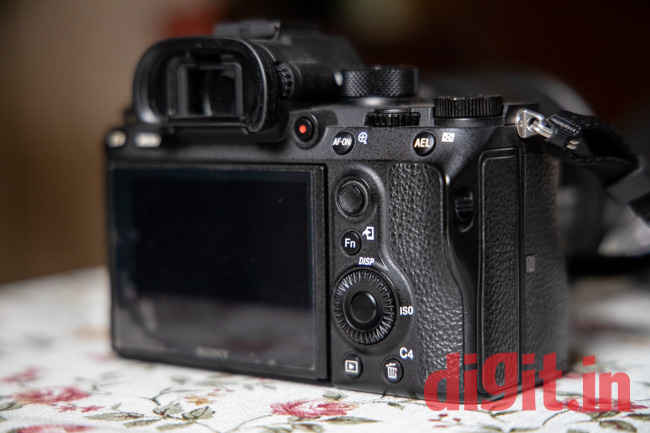
The joystick on the back makes moving the AF points around a breeze
Autofocus Performance
The AF system on the Sony A9 boasts of 693 focus points courtesy a new phase detect system. The AF system provides for 93 percent of the frame coverage. The focus system makes 60AF/AE calculations per second, making it a whole 25 percent faster than the Sony A7 Mark II. The AF System can either be set to function in zones of different sizes or individual AF points, which are also available in various sizes. Depending on what you’re shooting, the AF system can also be tailored to emphasize on focus speed or accuracy. You can tweak the settings according to your needs, but for the most part, the AF system manages to perform really well. The ideal way to test the A9’s performance was to put it through a test of shooting far moving subjects so that’s what we did.
Shooting Performance
Burst mode and autofocus need to work hand-in-hand if you want the resulting images to be useful. There’s no real advantage to having a blazing fast AF system if the camera can’t capture enough frames that account for the movement and similarly, a really fast burst mode won’t do much if the AF system can’t track the fast-moving subject. The A9 offers a decent balance between the two, offering a maximum burst rate of 20 fps when using the electronic shutter. The mechanical shutter, unfortunately, has a top speed of 5fps. Additionally, shooting with the electronic shutter allows you to shoot as fast as 1/32000 of a second, but it isn’t advisable to shoot at such high speeds, especially if the subject is lit with artificial light. All this is enabled thanks to a novel 24 megapixel full frame sensor which features a DRAM layer which allows for a faster sensor readout.
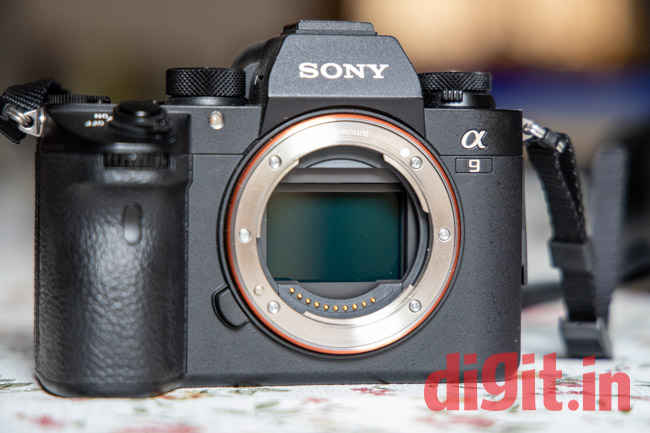
The new 24 megapixel full-frame sensor with integrated DRAM allows for the 20fps burst mode
We tested the camera using a variety of subjects, including a dancer and yours truly on a mountain bike. The idea was to test the camera’s ability to track and shoot the subjects and also gauge how many out of focus shots we ended up with. We shot over 3000 frames between the two conditions and walked away with roughly 90 percent usable frames. The camera was loaded with a SanDisk Extreme Pro SDXC 32GB card in Slot 1 and a SanDisk Extreme Pro SDXC 64GB card in slot 2. Both are high-speed cards. It was interesting to note that after some 40 minutes of shooting at the maximum burst rate, the 32GB card was full and the camera did not switch over the second card. After tinkering around in the menu, it was discovered that for some reason, a roll-over option is missing from the camera menu.
The tracking on the camera was spot on. The sequence with our dancer friend had only 2 shots out of focus for a sequence of 20. We shot 6 such sequences and had a small variability, but all in all, it was still very impressive. Similarly, while riding the mountain bike down slopes fast, the A9 manages to track the subject effectively. While tracking subjects moving from left to right (or vice versa) was naturally good, we were also very impressed with the A9’s ability to track subjects moving at a considerable speed in the Z-axis.
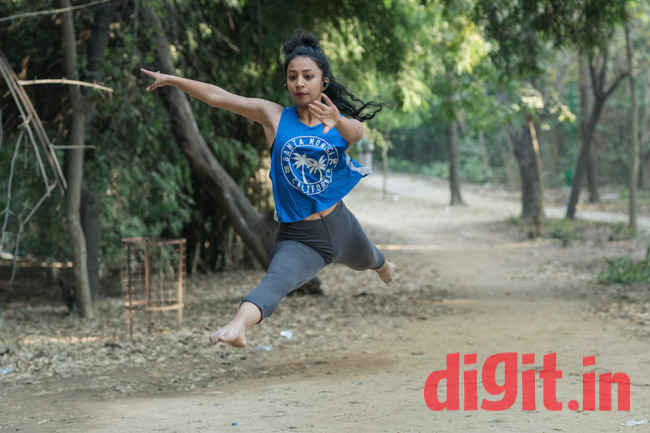
Tracking a dancer mid-flight? No problem!
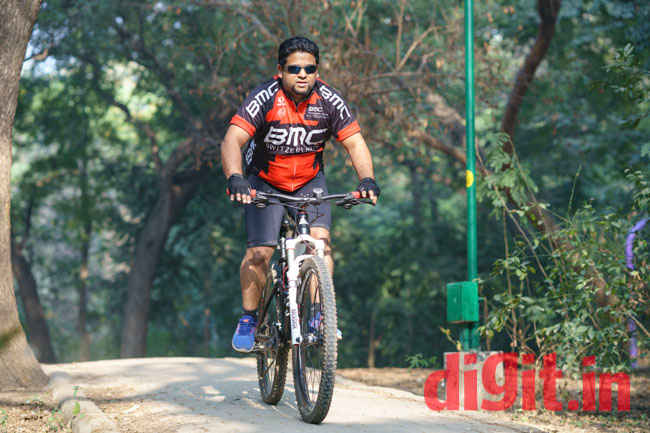
Tracking fast moving action towards the camera? No Problem!

Great dynamic range and colours

AF works great even in low light
You can see the collection of image samples in our Flickr Gallery.
For day-to-day use, the Sony A9 is in all honesty overkill. The Sony A9 is best suited for those who shoot sports or wildlife and need the speed to keep up with their subjects. Of course, even a hobbyist could want to go for the A9 and we wouldn’t discourage doing so. This camera will last you a very long time, especially seeing how Sony is using a very impressive sensor, one which is capable of producing clean images all the way up to ISO 16,000.
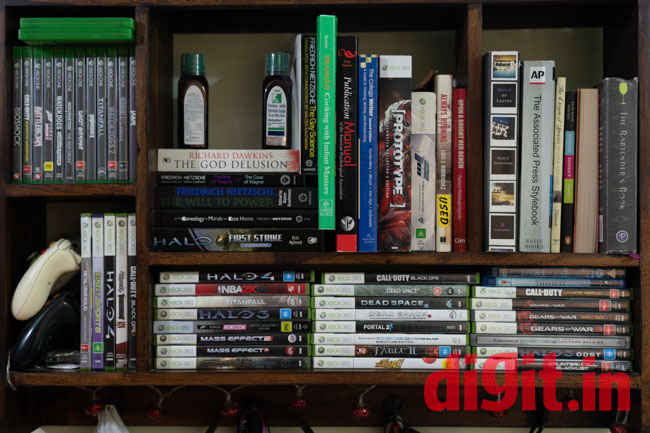
ISO 1600
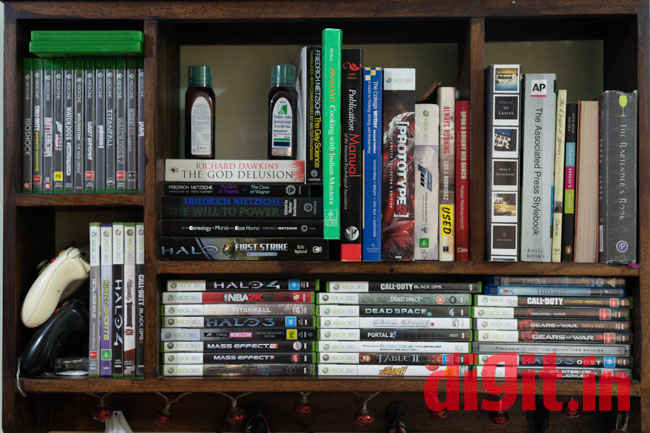
ISO 5000

ISO 10,000
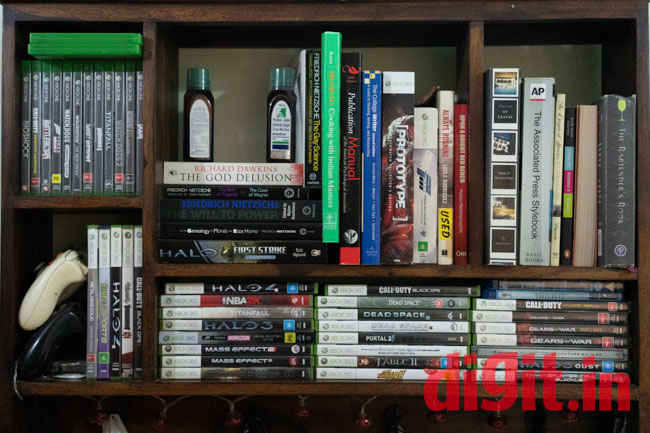
ISO 16,000
Bottomline
The Sony A9 is a huge leap towards bridging the performance gap between the mirrorless and DSLR form-factors. DSLRs like the Canon 1Dx and the Nikon D5 still maintain some superiority with their ability to shoot north of 12 frames per second despite a mechanical shutter. The ergonomics, however, are top notch and the button layout makes accessing all essential features a breeze. However, at an MRP of Rs 3,34990, it is hard to say that this is the best camera for everyone. However, this is the best camera for those who seek the combination or speed, accuracy and reliability in a far more portable package than the 1Dx or the D5.

 2 years ago
79
2 years ago
79

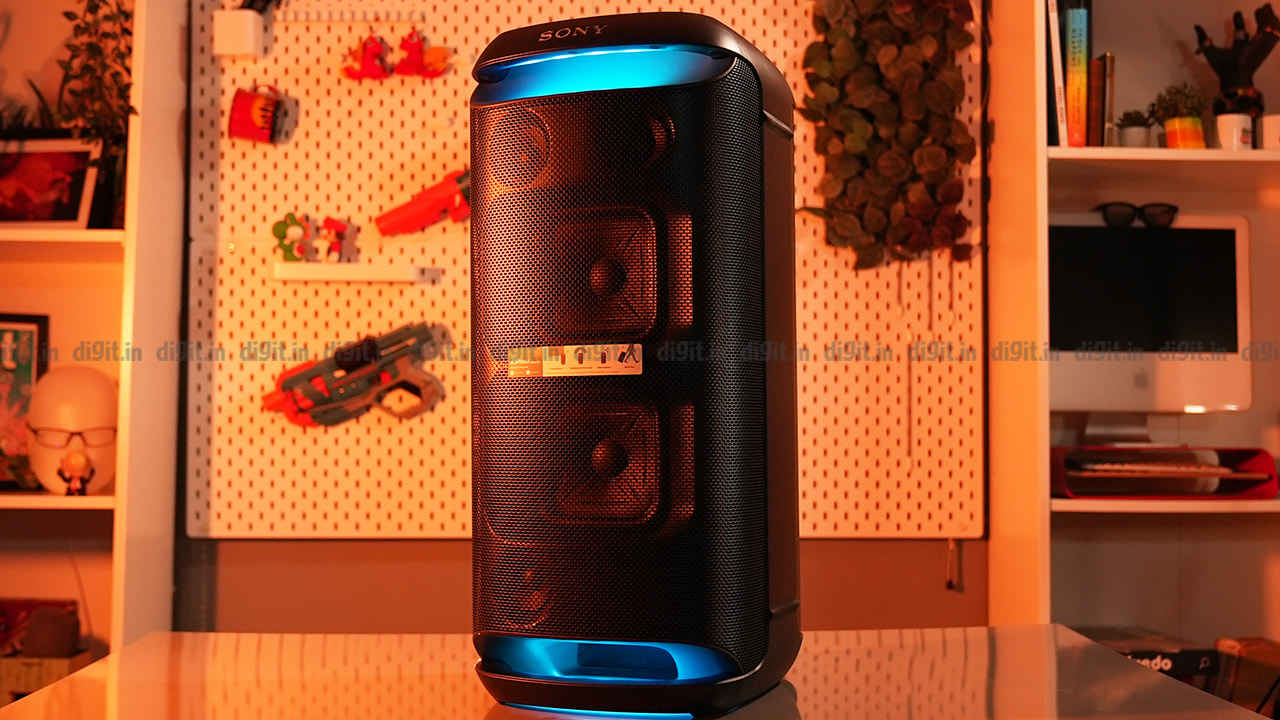
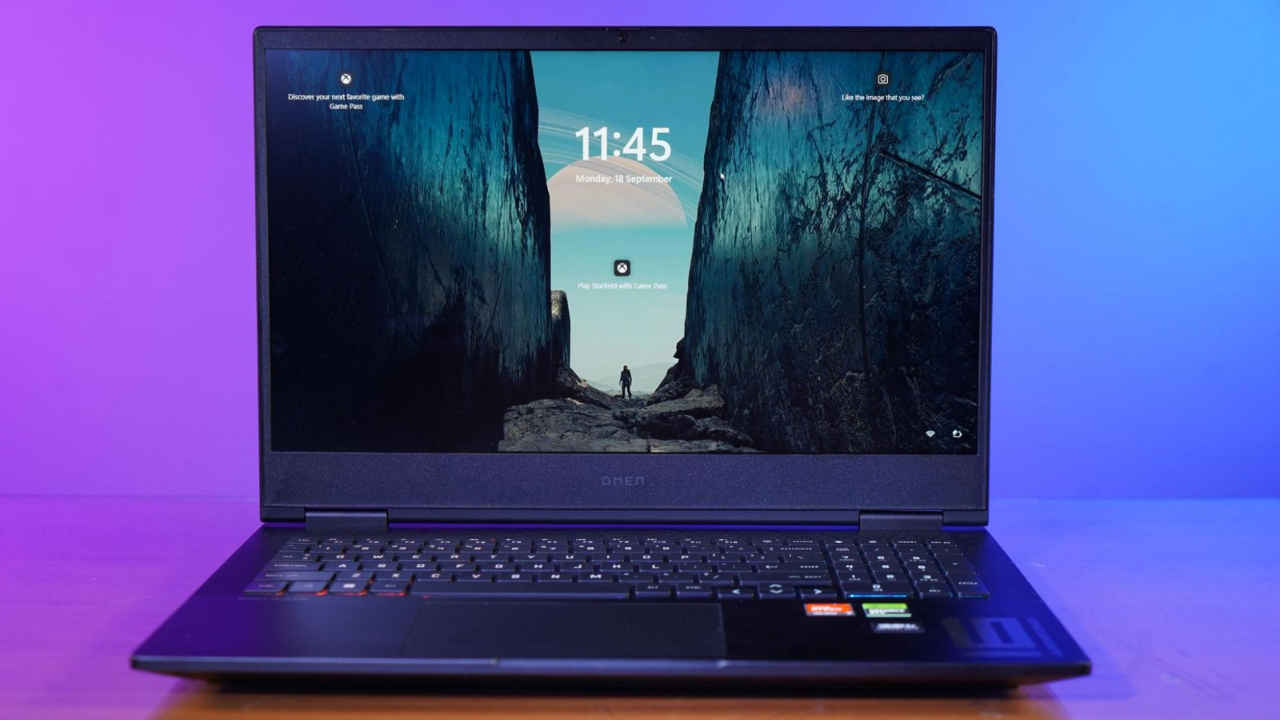





 English (US)
English (US)